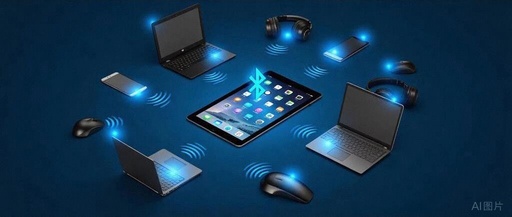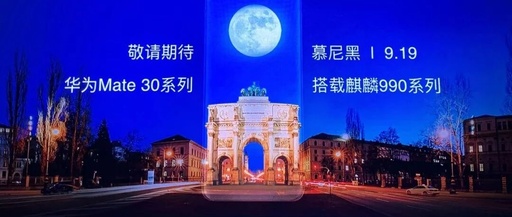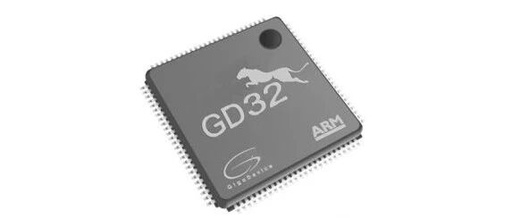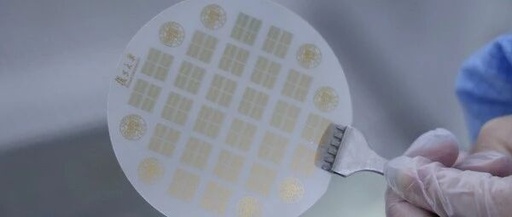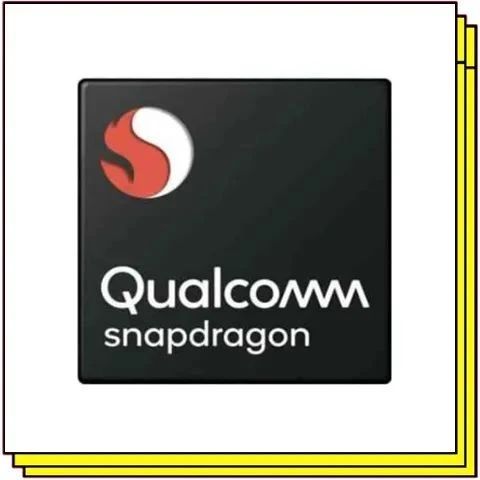The Evolution of Bluetooth Headphone Technology: The Power of Software and Hardware Integration
Recently, I have been researching the Bluetooth protocol stack and came across an interesting fact. We know that Apple’s AirPods have ushered in a new era of true wireless Bluetooth headphones (TWS), currently dominating a large share of the market. Many domestic manufacturers have followed suit, but due to Apple’s registered patents, they find themselves … Read more
